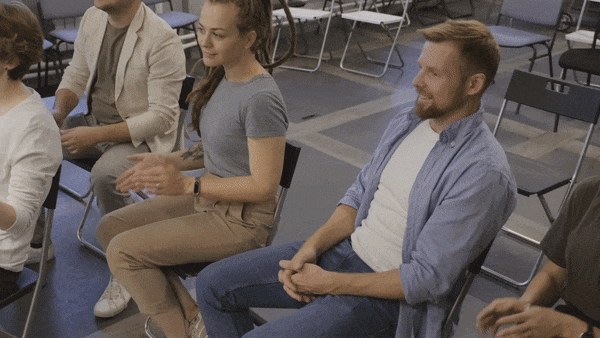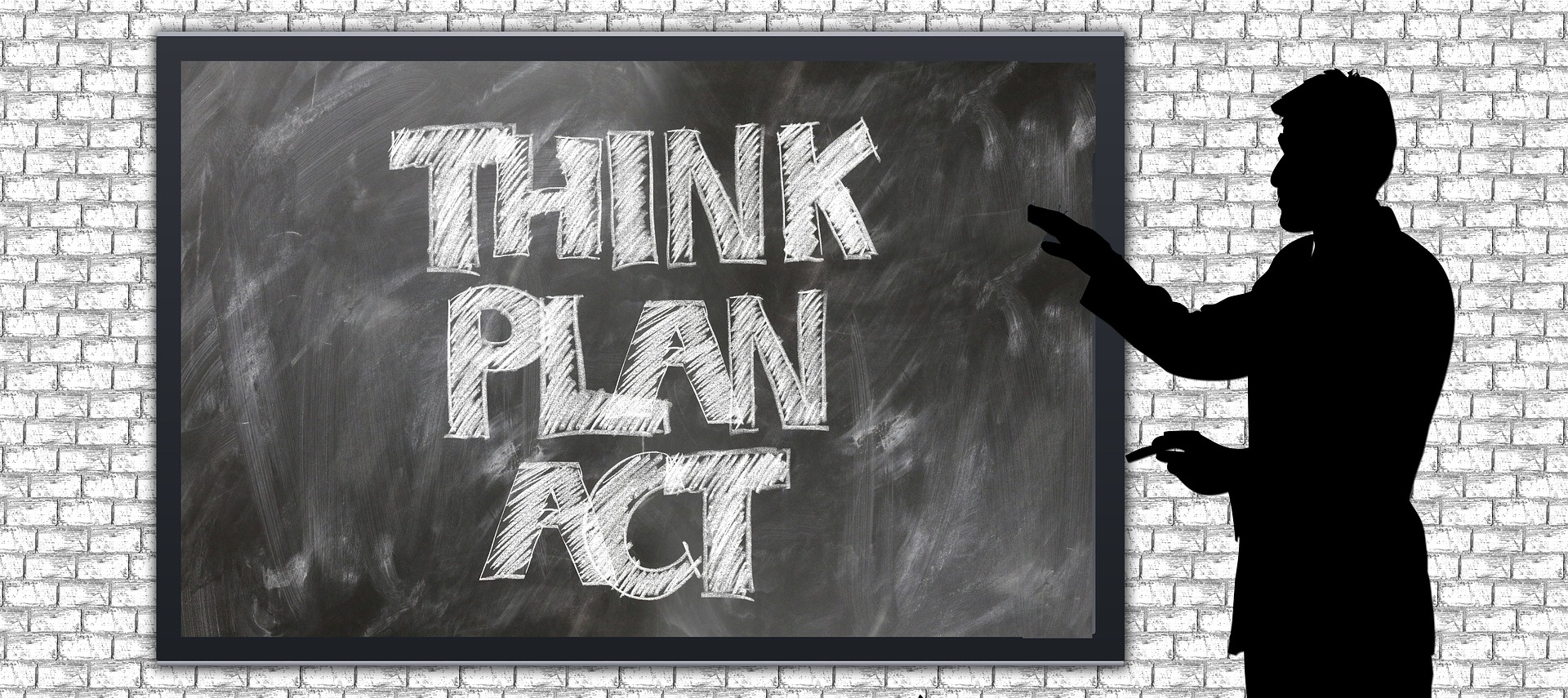The Communication Process
Communication is defined as a process whereby information is exchanged between individuals through a common system of symbols, signs, or behaviours. Human communication is the process of making sense out of the world and sharing that sense with others. The process involves three components: verbal, non-verbal, and symbolic.
Verbal communications are the primary communication skills taught in the formal education system and include such things as reading, writing, computer skills, e-mail, talking on the phone, writing memos, and speaking to others. Non-verbal communications are those messages expressed by other than verbal means. Non-verbal communications are also known as ‘body language’ and include facial expressions, posture, hand gestures, tone of voice, smell, and other communications perceived by our senses. We cannot not communicate and even when we don’t speak, our non-verbal communications convey a message. Symbolic communications are demonstrated by the cars we drive, the houses we live in, and the clothes we wear (e.g. uniforms – police, military). The most important aspects of symbolic communication are the words we use.
Words, in fact, have no meaning; rather we attach meaning to them through our own interpretation. Therefore our life experience, belief system, or perceptual framework determines ‘how we hear the words.’ Rudyard Kipling wrote, “Words are of course, the most powerful drug used by mankind.” In other words, we hear what we expect to hear based on our interpretation of what the words mean.
According to social scientists, verbal communication skills account for 7% of the communication process. The other 93% consist of nonverbal and symbolic communication and are called ‘listening skills.’ The Chinese characters that make up the verb ‘to listen’ tell us that listening involves the ear, the eyes, undivided attention, and the heart.
Listening is described in numerous studies as the most prominent kind of communication. It has been identified as one of the most frequent problems in marriage, one of the most important in family and social settings, and one of the most important on-the-job communication skills. Often people think that because they can hear, listening is a natural ability. It is not. Listening effectively requires considerable skill and practice and is a learned skill. Listening skills have been described as either ‘listening with our hearts’ or ‘hearing between the words.’
Listening is a process that consists of five elements: hearing, attending, understanding, responding, and remembering. Hearing is the physiological dimension of listening that occurs when sound waves strike the ear at a certain frequency and loudness and is influenced by background noise. Attending is the process of filtering out some messages and focusing on others. Understanding occurs when we make sense of a message. Responding consists of giving observable feedback to the speaker such as eye contact and appropriate facial expressions. Remembering is the ability to recall information. Listening isn’t just a passive activity; we are active participants in a communication transaction.
Practical Steps For More Effective Listening
1. Talk less. One of my students used to say that when she facilitated classes she always told her students that God gave you one mouth and two ears – that should tell you something.
2. Get rid of distractions. If it is important for you to listen, do everything you can to eliminate internal and external noise and distractions that interfere with careful listening.
3. Don’t judge prematurely. All of us are guilty of forming snap judgements and evaluating others before hearing them out especially when the speaker’s ideas conflict with our own.
4. Look for key ideas. We think much faster than people speak. To help focus attention (rather then drift off in boredom) extract the central idea.
5. Ask sincere questions. ‘Devil’s advocate’ questions are really statements or criticisms in disguise. Sincere questions are requests for new information that clarifies a speaker’s thoughts or feelings.
6. Paraphrase. Reword the speaker’s thoughts in your own words to make sure your interpretation as a listener is accurate.
7. Suspend your own agenda. In other words, while you are listening, concentrate on what the speaker is saying not what you think.
8. Empathic listening. Empathic listening is knowing that given the same set of circumstances you might have done the same thing. It is the ability to experience the world from the other’s point of view. It doesn’t necessarily mean that you agree, but that you understand.
9. Open your heart with love. Often we listen to score points and make ourselves right and the other person wrong. When we open our hearts to each other, we do so with the belief that we are all the same. We have the same feelings, fears, and hurts: doing the best we can with what we know.
We have made you a guide! Building and maintaining a successful team has many parts to it. Want to learn how to build a successful team? Feel free to take a look at our guide on how to build a great team.
Also feel free to take in use our simple tools and templates for building and maintaining your team. You will be able to download and use totally for free.








